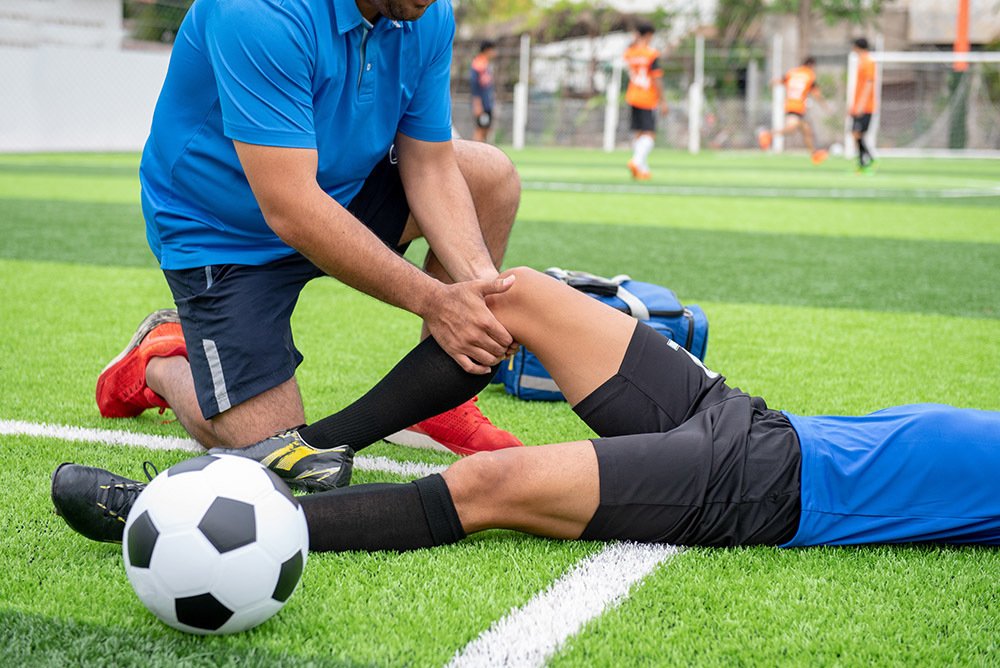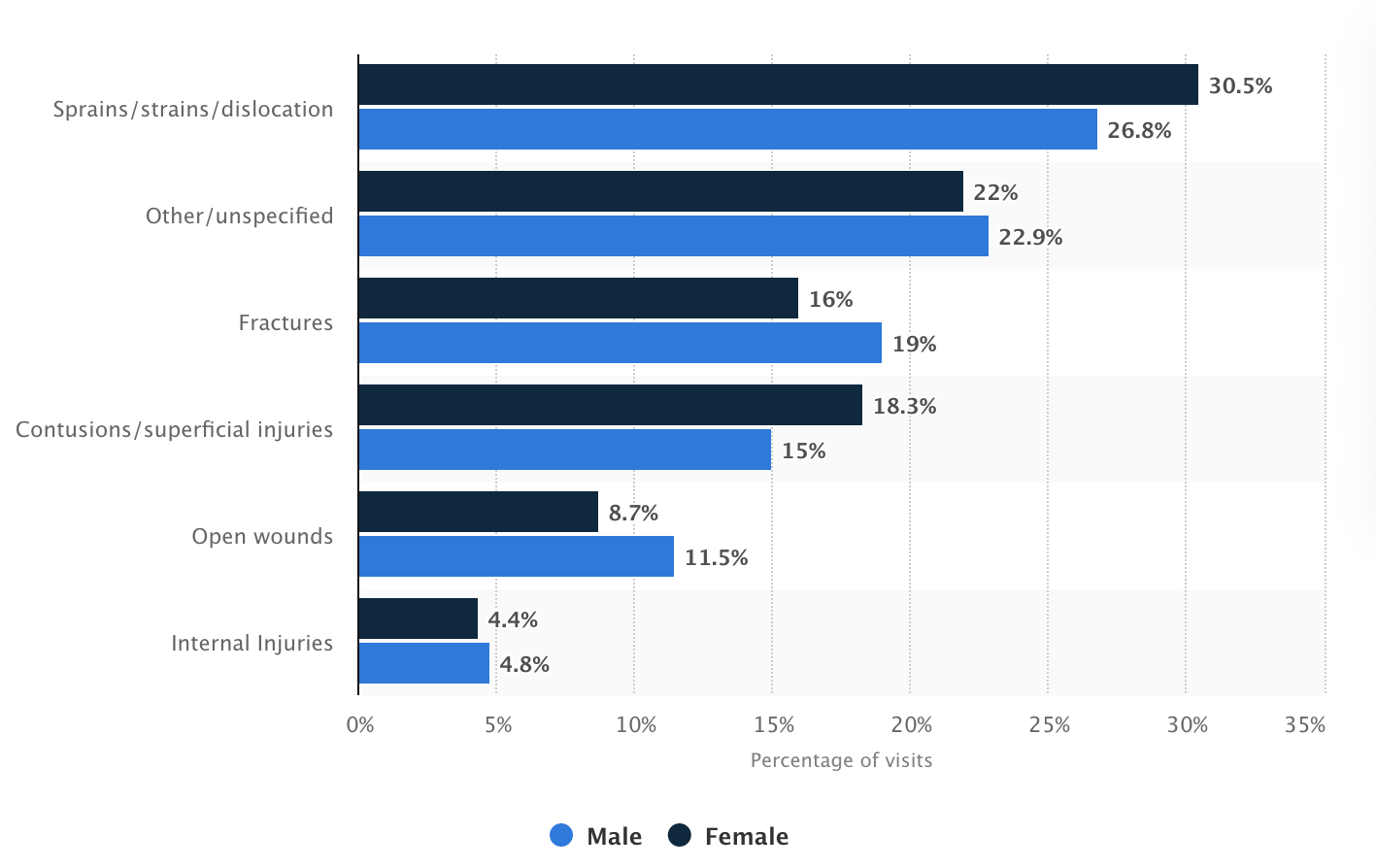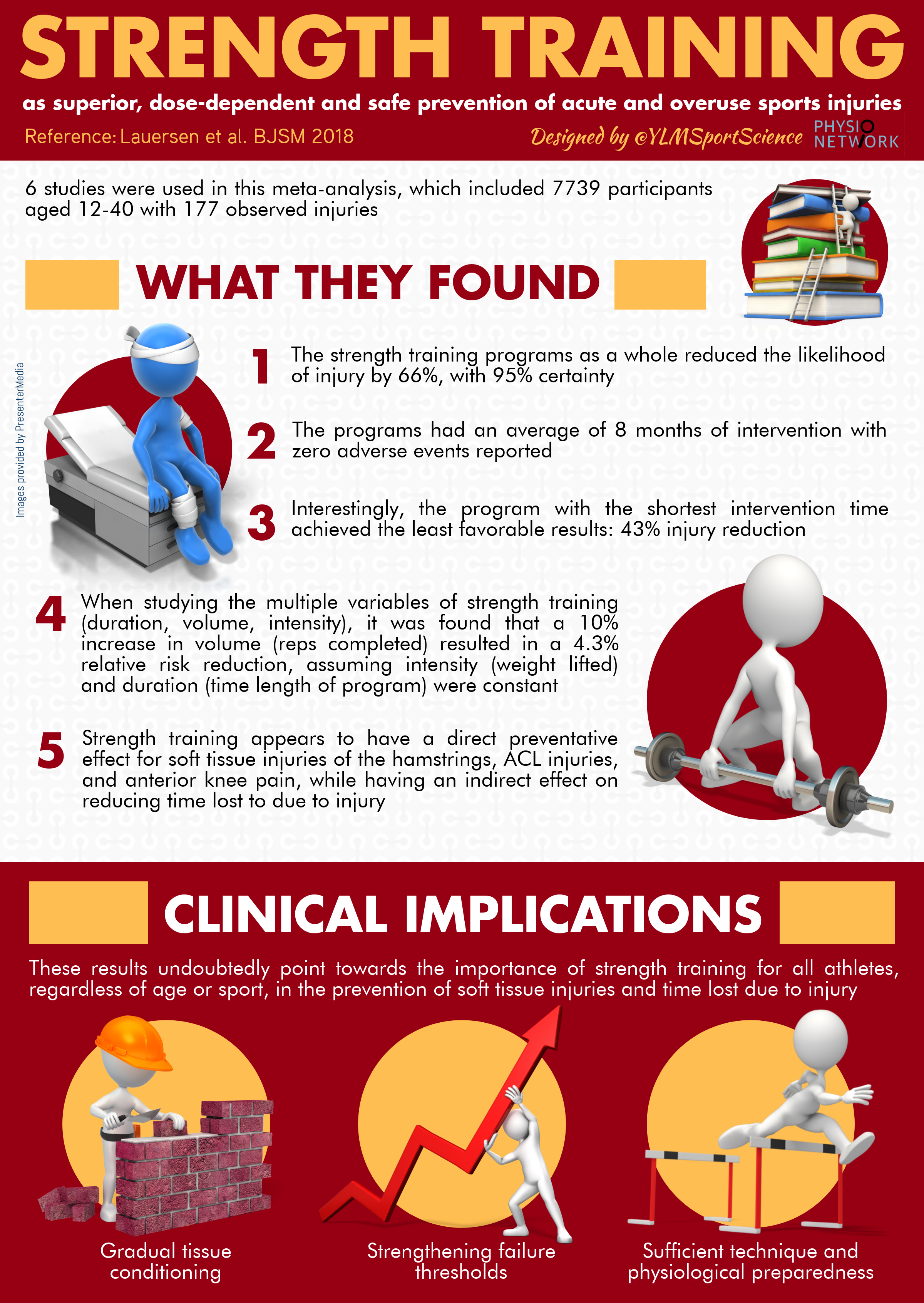Can We Prevent Injuries in Sport?

Injury prevention among athletes and active individuals is a topic that has been heavily discussed and researched for the past decade. We know the importance of physical activity. It reduces the onset of disease, improves mental and physical health, increases physical literacy, and allows us a better quality of life. However, with these activities there is also an inherent risk of sustaining injury.
In the United States, emergency departments see about 4.3 million acute sport and recreational activity related injuries each year. Research has also found that overuse injuries occur in about 42% of individual sports and 33% of team sports, with the highest rate of these injuries occurring among adolescents ages 10-14. Unfortunately, there is no way to truly prevent injuries. There are certain risks with participating in athletics and high-level activities, and with those risks there is too much that is outside of our control. Other than avoiding these activities all together (where is the fun in that?), there are certain steps we can take to help reduce the risk, or chance, or injury occurring.

There have been many studies done that have evaluated the effectiveness of “injury prevention programs” among sports. Everything from protective equipment, rule changes, orthotics, balance training, neuromuscular control, stretching, resistance training, etc., has been researched to help determine what we can do to help reduce the risk of injury. While a lot of the results are insignificant or only offer a small change in overall risk, there is one method that has a substantial amount of promise.
Strength Training
Strength training has consistently shown to be effective at reducing the risk of both acute and overuse injuries among sport. Although injury prevention programs that including strength, balance, proprioceptive, and neuromuscular training have been shown to be effective, in more recent years resistance and strength training seems to be the most beneficial component of those programs.
Lauersen, et al. (2014) found that strength training alone appeared to be more effective at maximizing injury risk reduction, even when compared to programs that included a component of resistance training. When compared to proprioceptive training, stretching, and other modes of injury risk reduction, resistance training was significantly more impactful at providing protective effects. Programs that include a strength training focus have been shown to reduce the risk of acute and overuse sports injuries by 40% for all age groups. Among adolescent and youth athletes, there is an average of 66% reduction in injury occurrence for all sport related injuries. Not only has strength training been found to be safe and effective at reducing the risk of injury for children and adolescent athletes, it can also improve speed, power, endurance, flexibility, balance, and motor performance. These additional benefits to strength training improve the overall resiliency of the youth athlete, which in turn increases their resistance to sport related injuries.

So, in conclusion, although we cannot completely prevent injuries in sport and recreational activities, there is a lot we can do to help mitigate the risk of them occurring. Here at The PATH Rehab & Performance our doctors understand the science behind injury risk reduction strategies and are passionate about providing high quality, evidence-based care. If you or someone you know, regardless of age or athletic ability, is currently dealing with an injury or is interested in implementing injury risk reduction strategies into their current routine, simply fill out the form on our “Contact Us” page or send us an email at info@thepathpt.com.
References:
1. Stephenson SD, Kocan JW, Vinod AV, Kluczynski MA, Bisson LJ. A Comprehensive Summary of Systematic Reviews on Sports Injury Prevention Strategies. Orthop J Sports Med. 2021;9(10):23259671211035776. Published 2021 Oct 28. doi:10.1177/23259671211035776
2. Zwolski C, Quatman-Yates C, Paterno MV. Resistance Training in Youth: Laying the Foundation for Injury Prevention and Physical Literacy. Sports Health. 2017;9(5):436-443. doi:10.1177/1941738117704153
3. Lauersen JB, Bertelsen DM, Andersen LB. The effectiveness of exercise interventions to prevent sports injuries: a systematic review and meta-analysis of randomised controlled trials. Br J Sports Med. 2014;48(11):871-877. doi:10.1136/bjsports-2013-092538
4. Lauersen JB, Andersen TE, Andersen LB. Strength training as superior, dose-dependent and safe prevention of acute and overuse sports injuries: a systematic review, qualitative analysis and meta-analysis. Br J Sports Med. 2018;52(24):1557-1563. doi:10.1136/bjsports-2018-099078
Dr. Paulina Tselikis
PT, DPT, ATC
Co-Owner | The PATH Rehab & Performance
Sign up for our newsletter
Join our community and receive exclusive physical therapy insights, training strategies, and recovery techniques tailored for active people.
